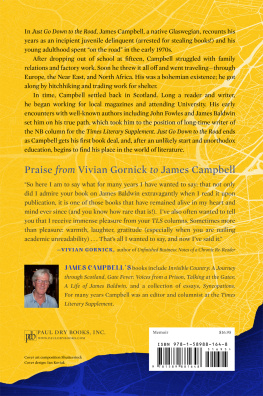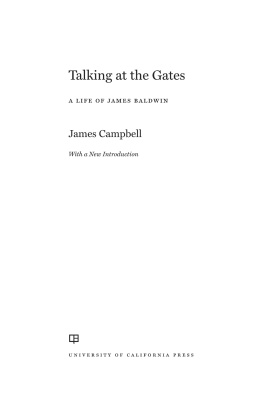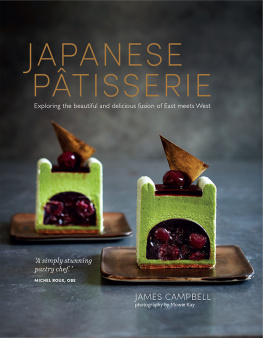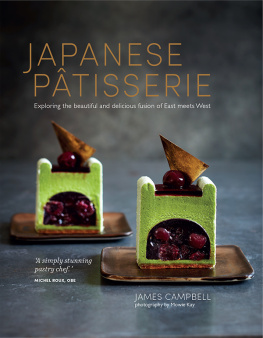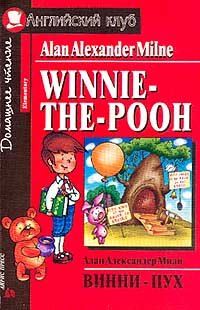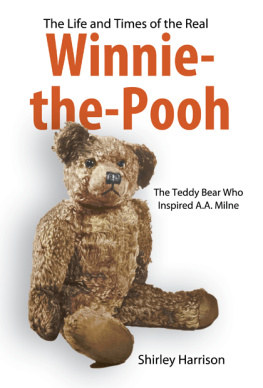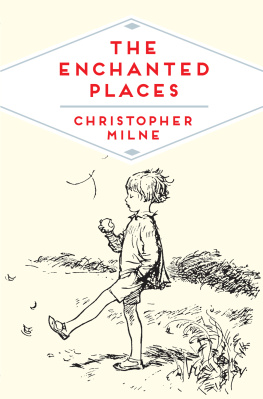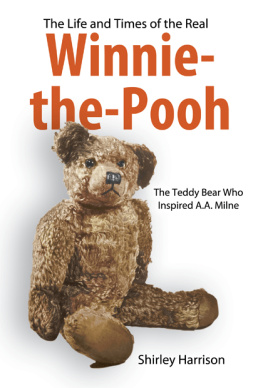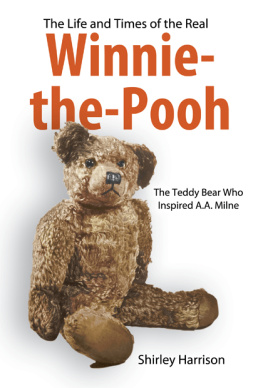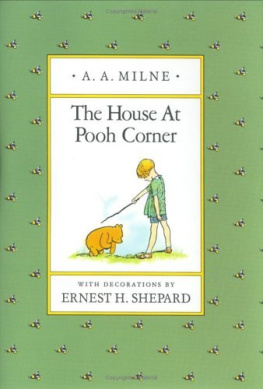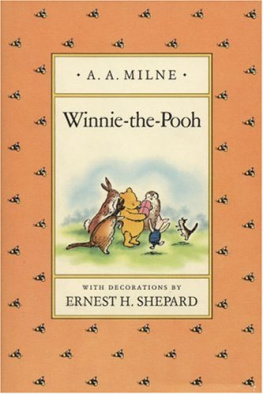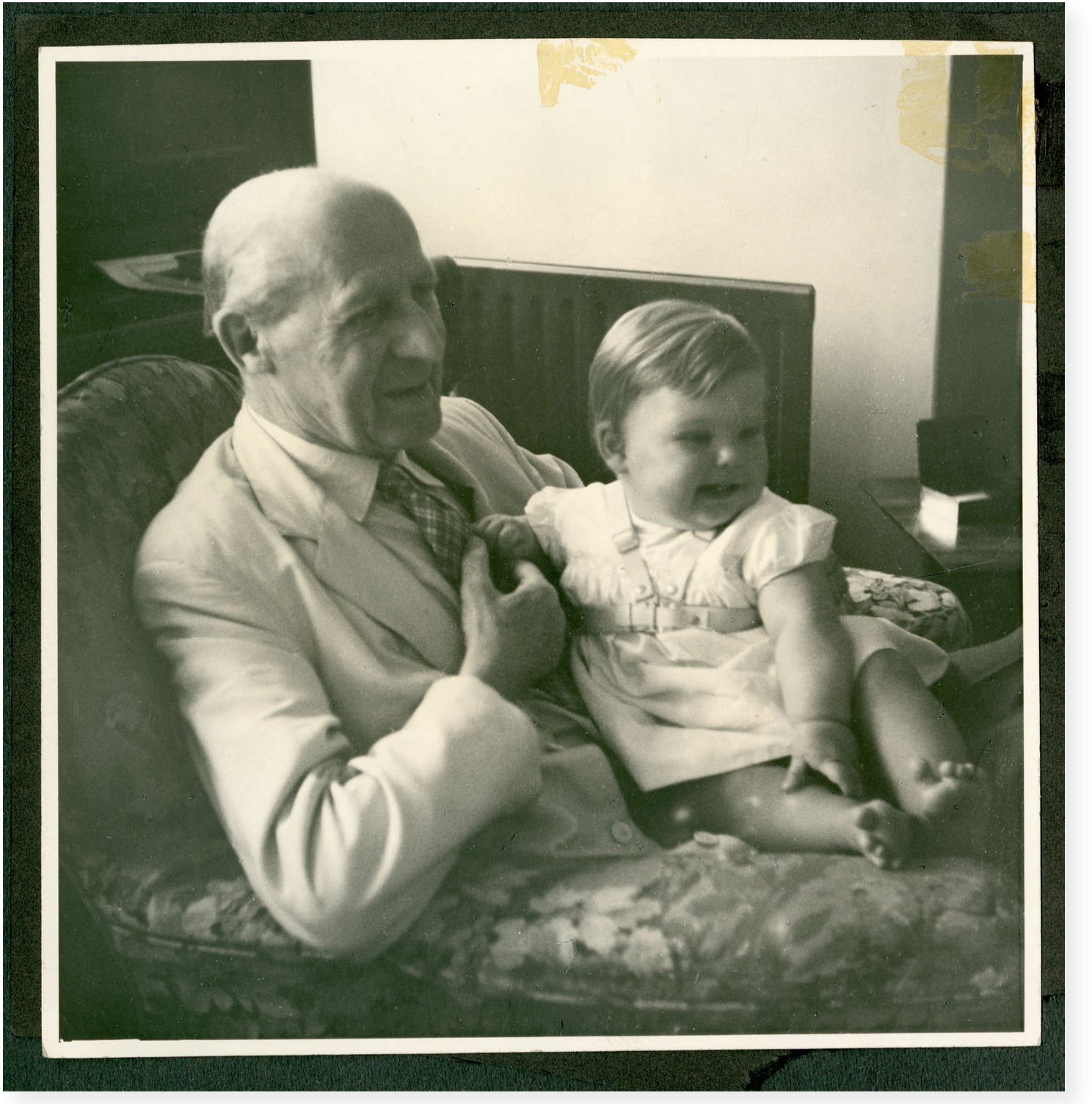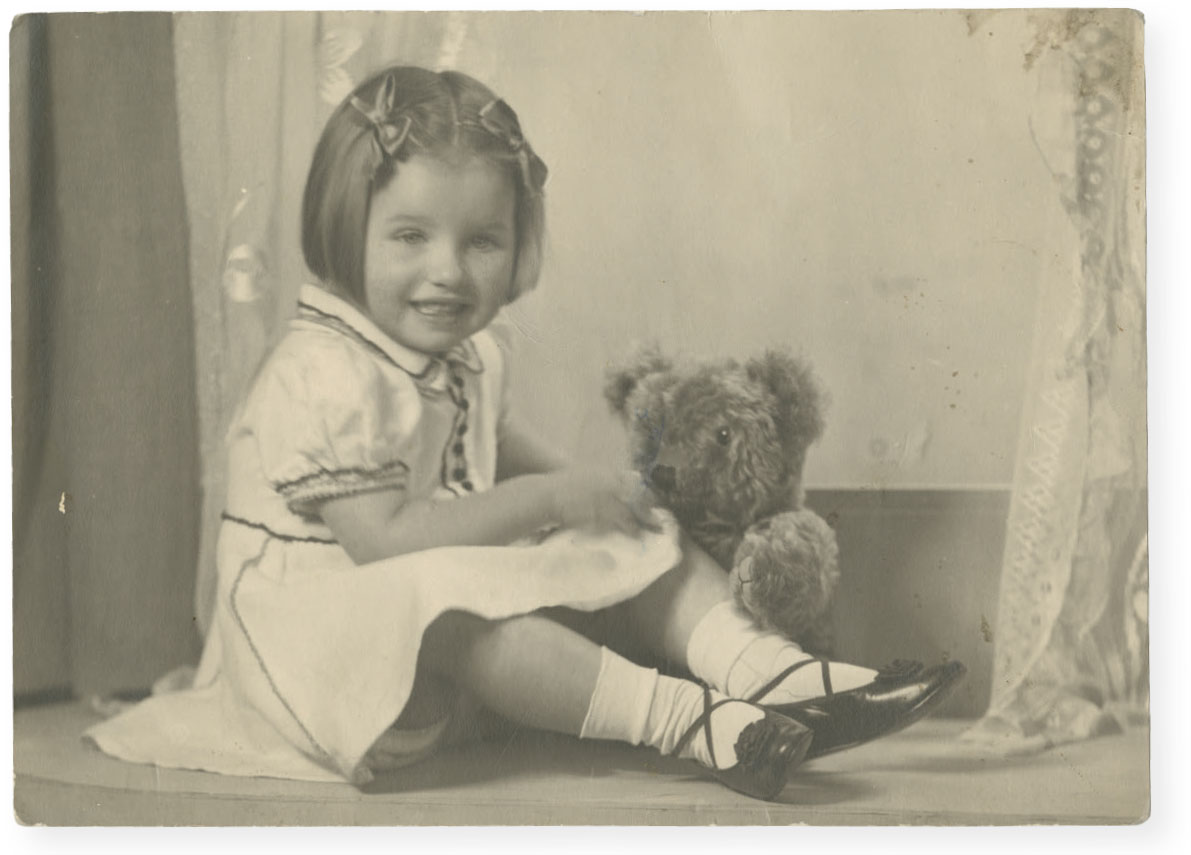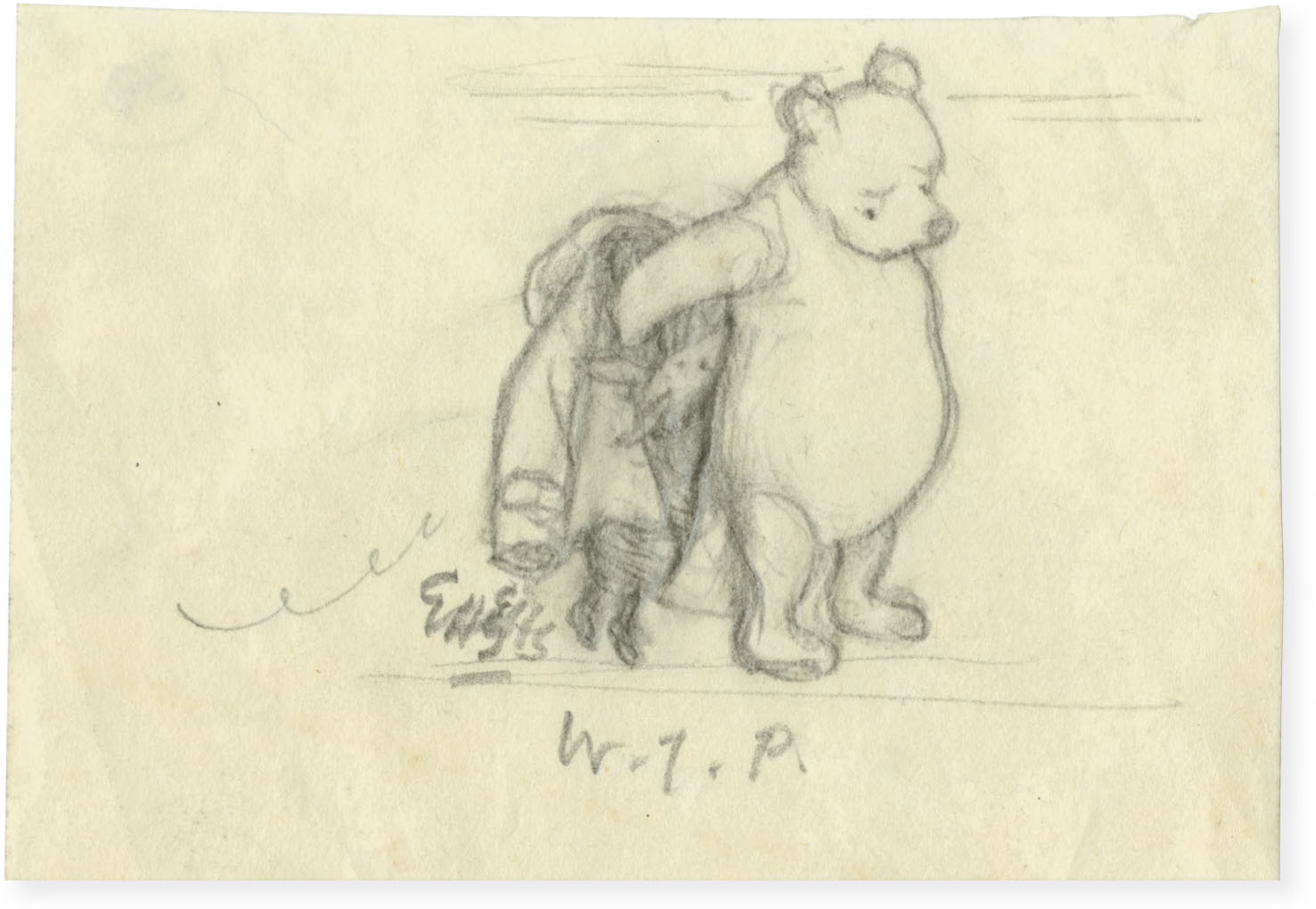James Campbell - The Art of Winnie-The-Pooh: How E. H. Shepard Illustrated an Icon
Here you can read online James Campbell - The Art of Winnie-The-Pooh: How E. H. Shepard Illustrated an Icon full text of the book (entire story) in english for free. Download pdf and epub, get meaning, cover and reviews about this ebook. year: 2018, publisher: Harper Design, genre: Non-fiction. Description of the work, (preface) as well as reviews are available. Best literature library LitArk.com created for fans of good reading and offers a wide selection of genres:
Romance novel
Science fiction
Adventure
Detective
Science
History
Home and family
Prose
Art
Politics
Computer
Non-fiction
Religion
Business
Children
Humor
Choose a favorite category and find really read worthwhile books. Enjoy immersion in the world of imagination, feel the emotions of the characters or learn something new for yourself, make an fascinating discovery.
- Book:The Art of Winnie-The-Pooh: How E. H. Shepard Illustrated an Icon
- Author:
- Publisher:Harper Design
- Genre:
- Year:2018
- Rating:3 / 5
- Favourites:Add to favourites
- Your mark:
The Art of Winnie-The-Pooh: How E. H. Shepard Illustrated an Icon: summary, description and annotation
We offer to read an annotation, description, summary or preface (depends on what the author of the book "The Art of Winnie-The-Pooh: How E. H. Shepard Illustrated an Icon" wrote himself). If you haven't found the necessary information about the book — write in the comments, we will try to find it.
Foreword by Minette Shepard
The enchanting story of how illustrator, E.H. Shepard, created the classic illustrations for some of the most beloved characters in English childrens literatureWinnie-the-Pooh and his friends from the Hundred Acre Wood, Piglet, Eeyore, Tigger, Kanga, Roo, Christopher Robin, and moreand the remarkable partnership between the writer, A.A. Milne, and the illustrator that brought them to life, told for the first time in this beautiful volume illustrated with more than 125 full-color images from the Pooh series, never-before-seen sketches, artwork, family photographs, and memorabilia.
Winnie-the-Pooh and his friends have enthralled generations of children and have become some of the worlds most beloved characters.
But before their adventures were captured in many millions of books published in nearly fifty languages, they started life in the 1920s as the product of a unique collaboration between author A. A. Milne and illustrator E. H. Shepard. They wove images and text together in a way that was utterly original for the time. It was a process that Shepard relished; he continued to create artwork for new editions until his death in 1976 at the age of ninety-six.
This lovingly designed, full-color volume, which includes a foreword from Shepards granddaughter, tells the story behind this remarkable partnership, and traces the evolution of Shepards work, from his first tentative sketches to the illustrations we know and love, including the characters later incarnations by the artists at Walt Disney Studios.
A stunning and rare collection, filled with some never-before-published sketches and the first illustration of Pooh, The Art of Winnie-the-Pooh is a treasure trove of early art and an exclusive behind-the-scenes peek at the creation of Pooh bear and Hundred Acre Wooddirect from the artists estatethat is sure to become a cherished keepsake for devoted fans and readers who grew up with these timeless characters.
James Campbell: author's other books
Who wrote The Art of Winnie-The-Pooh: How E. H. Shepard Illustrated an Icon? Find out the surname, the name of the author of the book and a list of all author's works by series.


